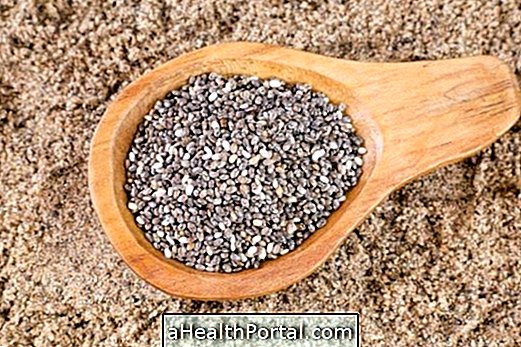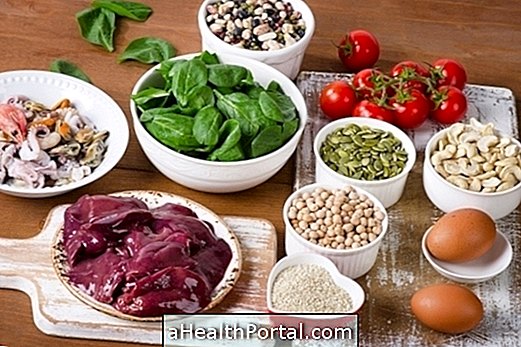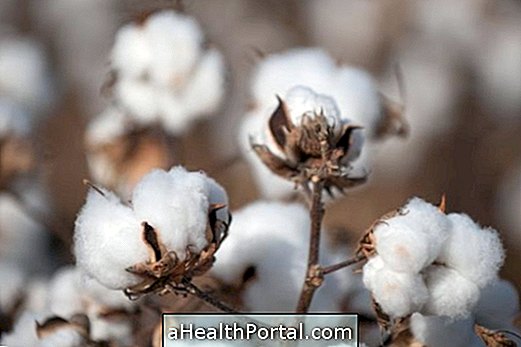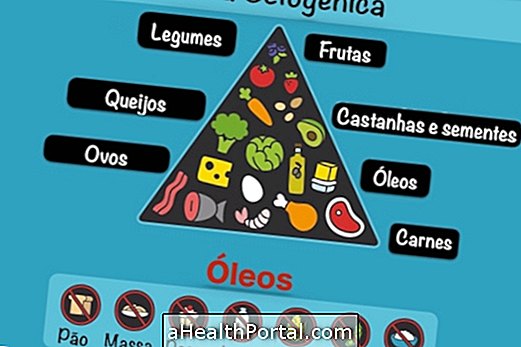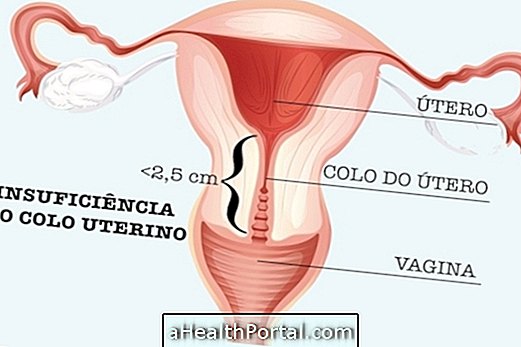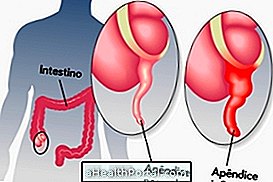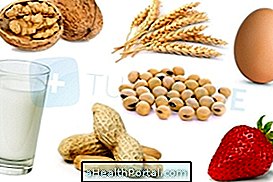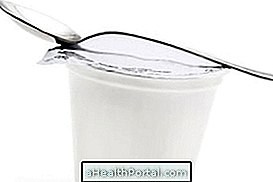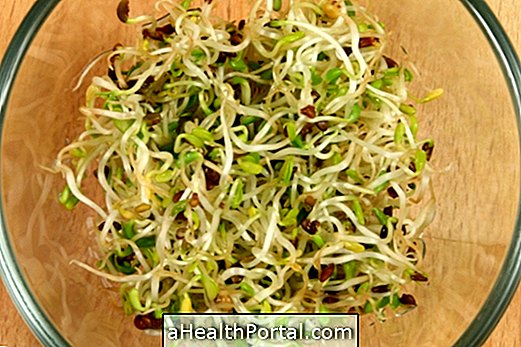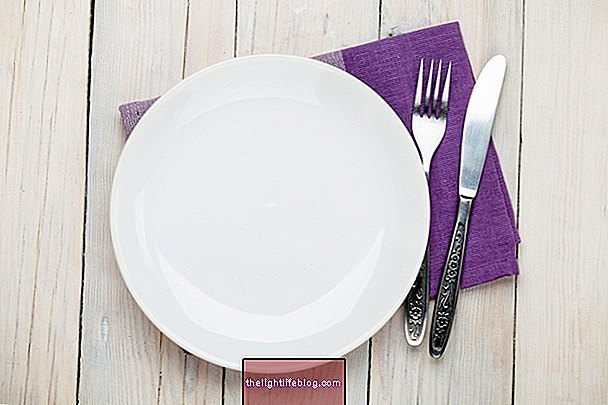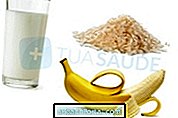The glycemic index helps you to lose weight more easily and quickly, because it influences the control of hunger and satiety, the stimulus of fat production in the body and the control of diseases such as diabetes and high cholesterol. It indicates the speed with which the carbohydrate present in a food increases blood glucose, which is the amount of sugar in the blood, and so it helps to lose weight, but it is also a great dietary guide for diabetics and even athlete.
Check this table, the glycemic index of the main foods:
In the table below are the carbohydrate foods most commonly used in the diet of the general population, with low, medium and high glycemic index
| Foods rich in carbohydrates | ||
| Low IG | Middle GI | High GI |
| All Bran: 30 | Brown rice: 68 | White Rice: 73 |
| Oat: 54 | Couscous: 65 | Isotonic drinks: 78 |
| Milk Chocolate: 43 | Cassava flour: 61 | Rice cracker: 87 |
| Noodles: 49 | Mel: 61 | Corn Morning Cereal: 81 |
| Rice noodles: 53 | Popcorn: 65 | White wheat bread: 75 |
| Wholegrain bread: 53 | Refrigerant: 59 | Tapioca: 70 |
| Vegetables (general classification) | ||
| Cooked squash: 64 | Cooked carrot: 39 | Lentil: 32 |
| Sweet potato: 63 | Pea: 54 | Corn: 52 |
| French fries: 63 | Beans: 24 | Mashed potatoes: 87 |
| Potato: 78 | Yam: 53 | Vegetable Soup: 48 |
| Fruits (general classification) | ||
| Pineapple: 59 | Sleeve: 51 | Orange Juice: 50 |
| Banana: 51 | Watermelon: 76 | Apple juice without sugar: 44 |
| Kiwi: 58 | Strawberry: 40 | Sugarless tomato juice: 31 |
| Orange: 43 | Papaya Papaya: 56 | Grape: 59 |
| Apple: 36 | Canned Peach: 43 | Uva Passa: 64 |
| Oilseeds: | Cashew nuts: 25 | Peanut: 7 |
| Milk, dairy products and alternative drinks | ||
| Whole milk: 39 | Skim milk: 37 | Ice Cream: 51 |
| Yogurt: 41 | Soy milk: 34 | Rice milk: 86 |
Foods with a glycemic index of less than 55 have a low glycemic index and are generally healthier, those between 56 and 69 have a moderate glycemic index, and foods with values above 70 have a high glycemic index, and should normally be avoided in the diet or consumed in moderation. See menu of low glycemic index.
It is important to remember that low to medium glycemic index meals should be made as this reduces fat production, increases satiety, and reduces hunger.
How to reduce the glycemic index of food
Adding the green banana biomass is an excellent tuque to lower the glycemia of meals. Here's how the glycemic index works in the body, how to make this recipe and low-glycemic index menu choices, in this video by nutritionist Tatiana Zanin:

Glycemic index of foods and complete meals
The glycemic index of complete meals is different from the glycemic index of isolated foods, since during the digestion of a meal the food mixes and causes different effects on glycemia. So if a meal is rich in carbohydrate-containing foods such as bread, potato chips, soda, and ice cream, it will have a greater ability to raise blood sugar, leading to bad health effects such as increased weight, cholesterol, and two triglycerides.
On the other hand, a balanced and varied meal, containing, for example, rice, beans, salad, meat and olive oil, will have a low glycemic index and keep blood sugar stable, bringing health benefits.
A good tip for balancing meals is to always include whole foods, fruits, vegetables, nuts such as nuts and peanuts, and protein sources like milk, yogurt, eggs and meats.
Understand better what glycemic index is and know the difference in glycemic load.
